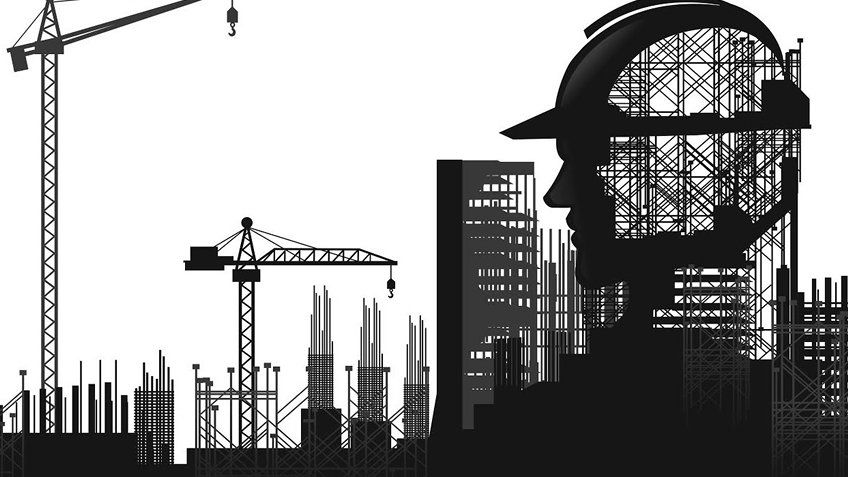By Steve Ludwig, safety programs manager, Rockwell Automation
Manufacturing and industrial workforces are drastically changing. Older workers are moving toward retirement and taking decades of experience and knowledge with them, while a limited talent pool of younger, less experienced workers takes their place.
This isn't a local phenomenon. It's happening all around the world.
In the United States, the average age of a highly skilled manufacturing worker is 56. In Europe, the European Commission found that one-third of employers said their recruitment difficulties are due to a lack of technical skills and candidates. In China, McKinsey & Company estimates the country's demand for highly skilled workers will exceed the number of available workers by 24 million in 2020.
This evolving workforce challenge will have major ramifications on global productivity. However, it also could have significant consequences on worker safety.
Older workers are at higher risk for certain injuries as their aging bodies begin to affect their work. For example, their ability to recognize and react to hazards can take longer, and their ability to lift or carry heavy objects can become diminished, making them more prone to injuries.
Younger and less experienced workers, on the other hand, are more frequently injured and tend to have more serious injuries. Safe Work Australia found that Australian workers age 25 and younger in the manufacturing industry experienced an incident rate of 121 injuries per 1,000 workers — almost double the incident rate of older workers.
Building Your Response
There is no single or short-term fix for the long-term, multifaceted challenge of workforce availability. However, you can take key steps to better prepare your operations and empower your workers.
1. Improve Machinery Design. Machinery design must be improved for a changing workforce. Older workers require physically less strenuous interaction with machinery, including reduced lifting, bending and repetitive actions. Younger and more inexperienced workers require active safety systems to help mitigate the risks of inappropriate actions, such as placing a hand in a hazardous position.
This requires significantly rethinking how machinery is designed and built.
Hazard assessments should take into account not only traditional hazards, but also ergonomic and usability issues for a range of workers. Engineers who are performing assessments, building functional specifications and designing machinery need to assess all potential operator and maintenance technician movements.
Contemporary safety systems, integrated with machinery control systems, can mitigate risks while providing for effective and productive machinery operation. These systems can be more ergonomic, reducing the probability that workers will override the systems and put them at risk, and aren't as prone to nuisance shutdowns as hardwired systems.
2. Build a Connected Enterprise. The Connected Enterprise® consists of operations that are smart, secure and connected. Seamless information-sharing spans people, processes and technologies across global and remote operations, which enables better collaboration, faster problem-solving, and improved innovation and productivity.
From a safety standpoint, a Connected Enterprise can help you identify risks and gain new insights into where safety-related shutdowns and incidents are taking place — and where further assessment and mitigation might improve safety. Collecting and analyzing information can expose the particular locations, applications and operations where injuries, near misses and safety shutdowns are taking place, affecting both worker safety and productivity.
3. Use Training. The “tribal knowledge” of older, more experienced workers must be preserved and passed on to younger, less experienced workers. Younger workers also need to acquire the technical skills and knowledge necessary to maintain equipment and troubleshoot problems to help reduce unscheduled downtime and mean time to repair.
Review your training program and consider incorporating these three key elements to help retain and build on your workforce's knowledge:
• Establish a formal program to document standard processes and procedures to maintain consistency through the coming transition.
• Conduct an analysis of job skill and knowledge levels to confirm workers have the knowledge and abilities to perform at the desired level.
• Embed a sustainable and flexible competency-improvement program in your organization to continually improve productivity and profitability.

